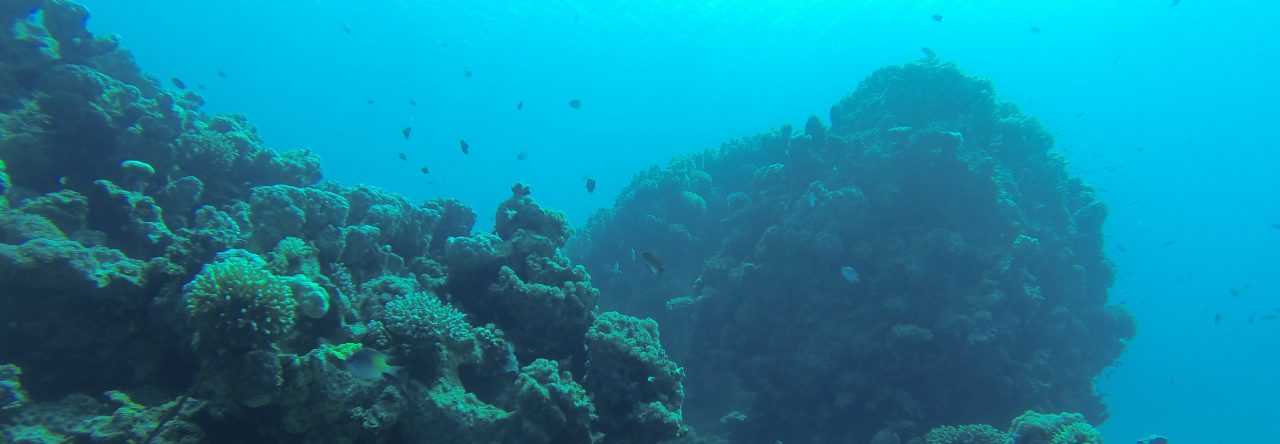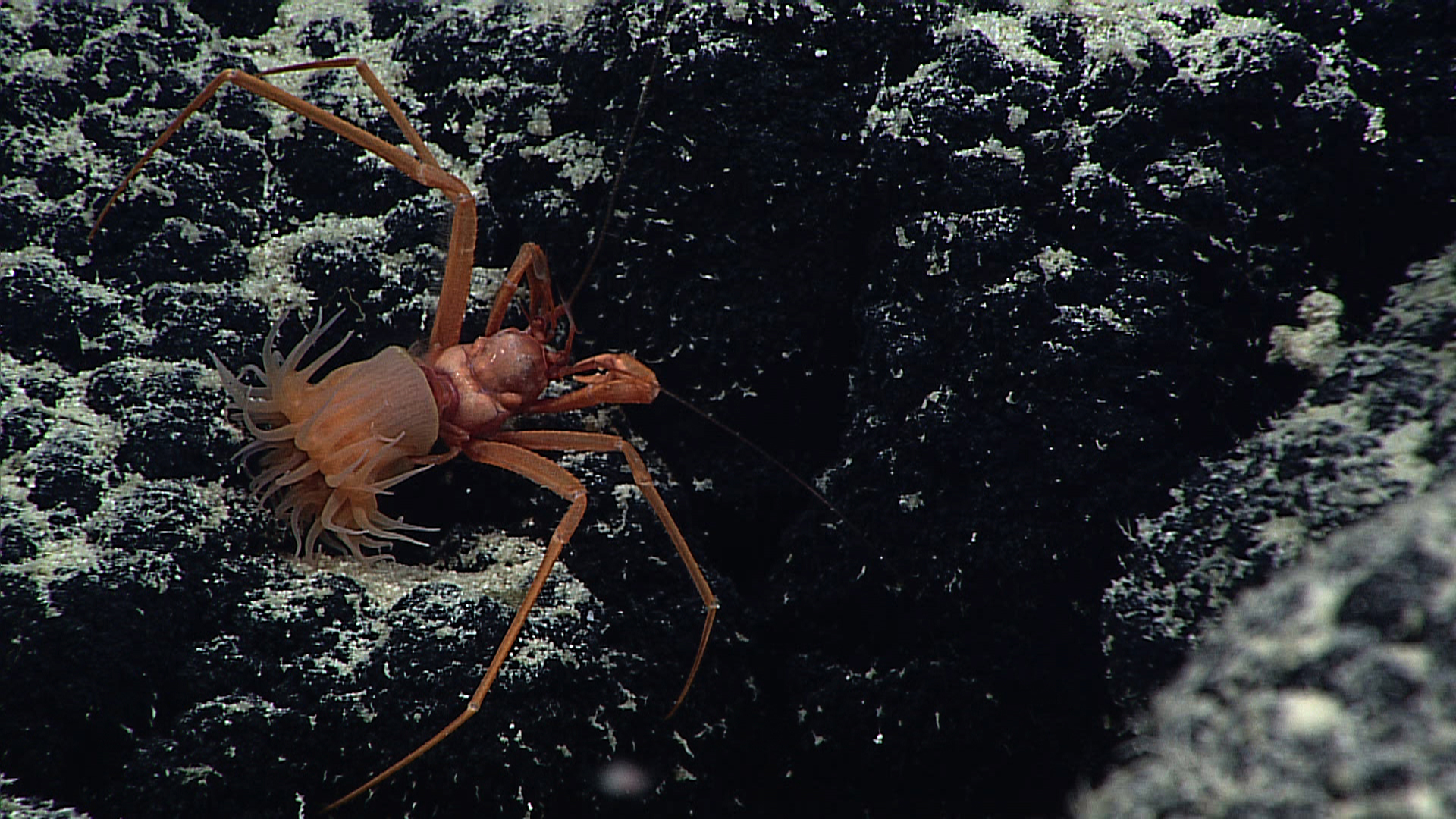As you may well know, every element is defined by its number of protons contained the nuclei of its atoms. Hydrogen has one. Carbon has six. This is non-negotiable. But every element can be found in multiple “flavors” known as isotopes. This flavor depends on the isotope’s atomic mass, which is determined by the number of neutrons present in the nucleus of that atom. Neutrons are kind of like atomic ballast. Unlike protons, which have a positive charge, they are neutral, but they do have a mass. Different isotopes have different numbers of neutrons, determining their atomic mass but preserving its particular elemental identity (which would only change if you changed the number of protons present).
Let’s focus on carbon, an element which I think about daily, though every element has isotopes and I could pick many other examples. Hope you’re OK with that, but if not it’s my blog so deal with it. So carbon has been found or created in up to 15 flavors. A whopping 98.9% of all the carbon on Earth occurs as carbon-12 (written as 12C), which has six protons and six neutrons, adding up to an atomic mass of about 12 atomic mass units (amu). It’s the most common because it’s the product of three helium-4 isotopes fusing together, each weighing 4 amu + 4 amu + 4 amu adding to make a single carbon-12. This is a very common reaction in stars, and because you are stardust, it is also the most common flavor of carbon in you.
But we make other flavors by adding neutrons. You can make carbon-13 with six protons and seven neutrons. This is a rare flavor, accounting for almost all of the remaining 1.1% of carbon found on earth. It is also the only other stable form of carbon. I note that it’s stable because all the other 13 known flavors of carbon are unstable, and many are only known from the laboratory because they are too short-lived to be found in the environment.
It turns out that if an element’s atomic nucleus is too light, or too heavy, that element will become radioactive and decay with time, continuously firing off pieces of itself out of frustration. Carbon-14 is the most famous and common of these radioactive isotopes of carbon, and it still only makes up 1 in every million million atoms of carbon on earth. Carbon-14 fires off particles and decays into nitrogen-14 because it is more stable orientation for the protons and neutrons to be in, for physics reasons I won’t get into here.
Carbon-14 does this in a very predictable, methodical pattern. It’s difficult to predict when an individual carbon-14 atom will do this, but if you take any object you have just created, like a piece of pottery, for example, you can be pretty much certain that in 5,730 years, only 1/2 of the carbon-14’s will still be present. The rest decided they’d rather be nitrogen-14. This is non-negotiable and you’d best learn to accept it. But it means that we can sniff out the age of a lot of interesting mysterious objects if we know the amount of carbon-14 present in the environment (which we often do) and measure the amount present in the object today. You have some restrictions. For example, for objects that are too old, too little of the carbon-14 would be left for you to measure accurately.
Carbon-14 dating, often just called radiocarbon dating, is very useful in figuring out the ages of stuff, but I’m mostly interested in the stable isotopes of carbon. Next week I’ll talk about why that is, and what kind of questions I can answer by looking at amounts of different stable carbon isotopes in a sample. See you then!





















